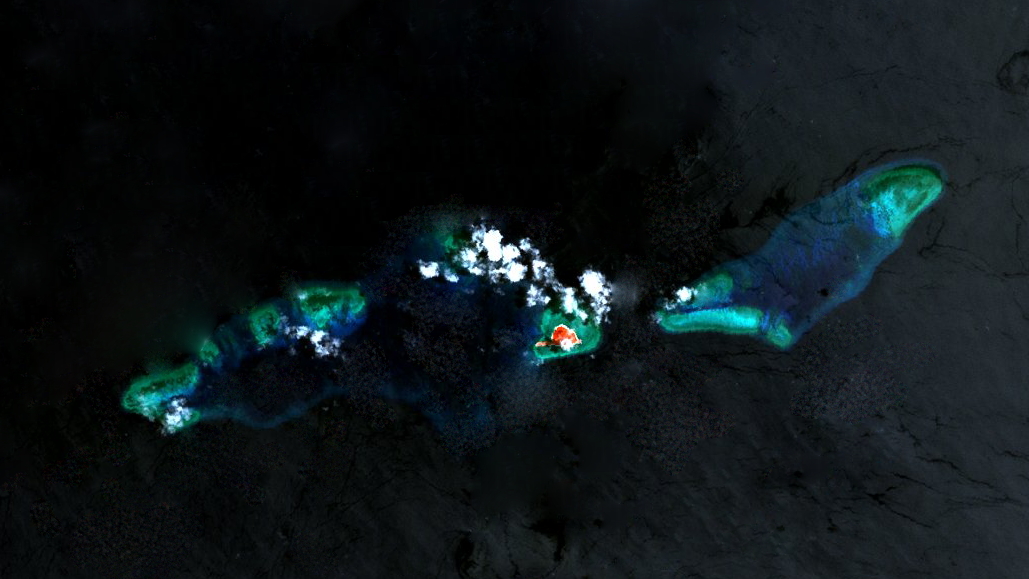
Pag-asa
As reports that Chinese vessels are increasing in number near Pag-asa (Thitu) Island in the South China Sea, Philippines' President Rodrigo Duterte has hinted at a possible reconciliation with the U.S.
Duterte made a surprise announcement that he wanted to be “friendly” with the U.S., a view which contrasts to earlier statements. On several previous occasions, he called on U.S. special forces in the Philippines to return home and said he no longer wanted a joint military sea and land exercise with the U.S. He even described the U.S. as a “lousy” country.
But Duterte is changing his tune, now, two months after the Asia Maritime Transparency Initiative (AMTI) broke the news that 11 Chinese ships were spotted in the sea waters of Pag-asa Island. The news alarmed the ASEAN community which suspected China was further expanding its military presence in the disputed South China Sea. Pag-asa is one of the Spratly Islands and is home to 100 Filipino fishermen.
Duterte has not publicly opposed the resumption of military drills that allowed 900 U.S. troops to hold joint military exercises with Filipino troops in the Northern Philippines. Though not specifying the joint military exercise is aimed at China, the U.S. embassy said that this military exercise will increase overall U.S. and Philippine readiness, improve bilateral responsiveness to crises in the region to further reinforce (the two countries’) decades-long alliance.
The joint U.S.-Filipino joint military exercises coincided with reports that Chinese vessels were harassing Philippine vessels in the vicinity of Pag-asa this week. The claims were made by Philippine lawmaker Gary Alejano who expressed apprehension that Chinese vessels were using loud sirens whenever Philippine vessels patroled Philippine sea territories in the South China Sea.
In a parallel conciliatory move in Washington, Philippine’s foreign minister Alan Peter Cayetano told U.S. Senator Cory Scott Gardner that the Philippines wanted to intensify economic cooperation with the U.S. Cayetano told Garder that “for so long it was security that defined U.S.-Philippine relations, and it is about time both countries look a the socio-economic milieu as another defining characteristics of the two countries.”
China earlier pledged $24 billion in aid and investment to the Philippines, and experts saw this as a way of softening Duterte’s stance on sovereignty claims on the oil-rich disputed waters of the South China Sea. But, according to Southeast Asia Studies Professor Carl Thayer of the University of New South Wales in Australia, the Philippines and ASEAN countries cannot rely on China’s aid too much, because much of Southeast Asia relies on the U.S. for trade and defense support. Thayer further added: “You get an impression that leaning to China has had its constraints.”
http://maritime-executive.com/editorials/duterte-reaches-out-to-us-amid-south-china-sea-harassment
No comments:
Post a Comment
Note: Only a member of this blog may post a comment.